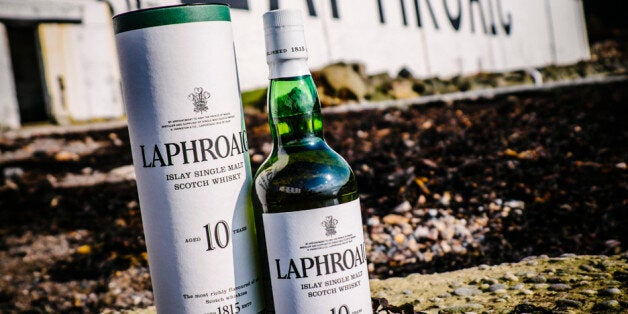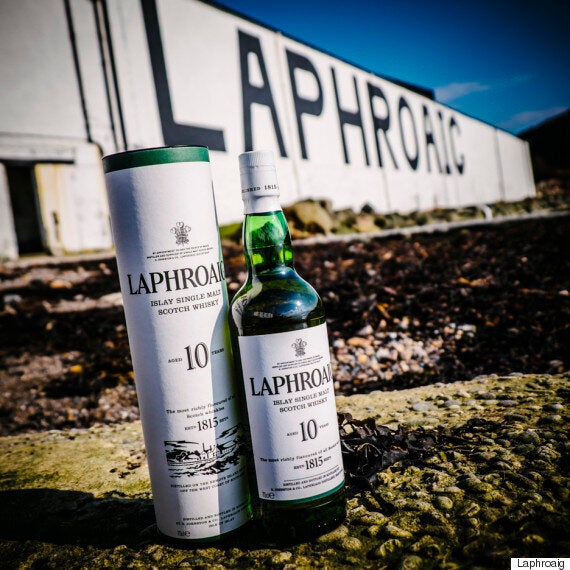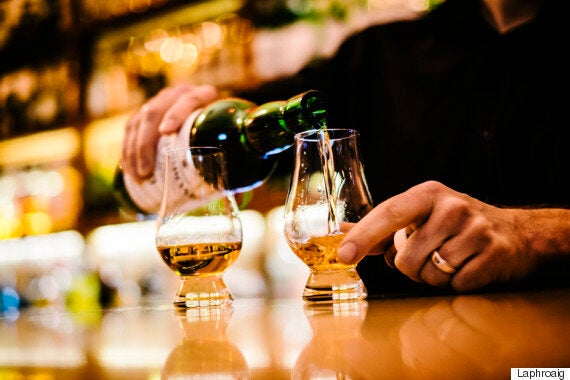
Want to sound like a pro at the bar? Order a whisky.
The deep, golden and well-matured liquid is having a moment; cooler than vodka, more complex than gin, and with that artisanal, craft edge that’s so on point right now. It’s the tipple of choice not just for Savile Row suit-sporting gents in private members lounges, but for the young, curious and flavour-obsessed.
So how best to get better acquainted with the very special spirit? By drinking it, naturally.

To get you on board, we tapped up expert David Miles, Mixxit Manager of Maxxium UK, for his advice on choosing, pouring, nosing, and appreciating the golden nectar all properly.
First things first - the rules.
“The most fundamental rule of whisky drinking is drink your whisky any damn way you want to,” says Miles. “Do not be bullied by people who say everything has to be a certain way.” You have been told.

Next. Say you’re out for a beverage and you want to order a dram – there’s a little terminology that’ll help you bluff your way into sounding like you know what you’re talking about. “A barman will ask you if you want peated or un-peated whisky,” says Miles. “Essentially, this means do you want your whisky with smoky over tones, or without?”
It’s also a plus to know the difference between casks that whisky is aged in. “95 % of Scotch whisky is aged in bourbon casks, but some is done in sherry – the former might give a bottle a vanilla-y feel with hints of tropical fruit, whereas the latter might give fruity, nutty notes. You might prefer one or the other, it’s totally subjective.”
As for glassware, it’s pretty key. “A tumbler is not what you want for whisky,” says Miles. “Too much of the flavour and aroma escape, with it being flat and wide. Go for a tulip glass, which is a smell vessel with a tapered rim that directs the scents to your nose. Failing that, a white wine glass will do.”

After you’ve been served your measure, lift it up against a white background, to really see the colour. “It’s not that you can tell loads from the shade,” says Miles. “Other than perhaps darker means stronger. But whisky should be a full sensory experience. From how it looks to the pop of the cork and the glug of the pour: the whole thing is something to be savoured.”
And water? “A splash can open the whisky up, helping you taste and smell the layers of flavours. Start small – just a drop – and go from there if you want more. And I wouldn’t advise on the rocks – whisky is volatile at room temperature, which is why it smells so strong: all the aromas get released. Ice will temper that, and could mean that you finish your dram before really getting all those scents and tastes,” says Miles.
“A well made whisky sour, which blends lemon and sugar with the spirit, can be a fantastic way to enjoy it. I did a tasting at a festival, and made a cocktail with a single malt, just to show those who say you shouldn't that it can be done. Or try it as the base of a long drink, topped with ginger ale and soda water.” Sounds delicious, no?
So there we’ll leave you – ready to confidently and responsibly explore the fine world of Scotch whisky like a total pro. Enjoy.
